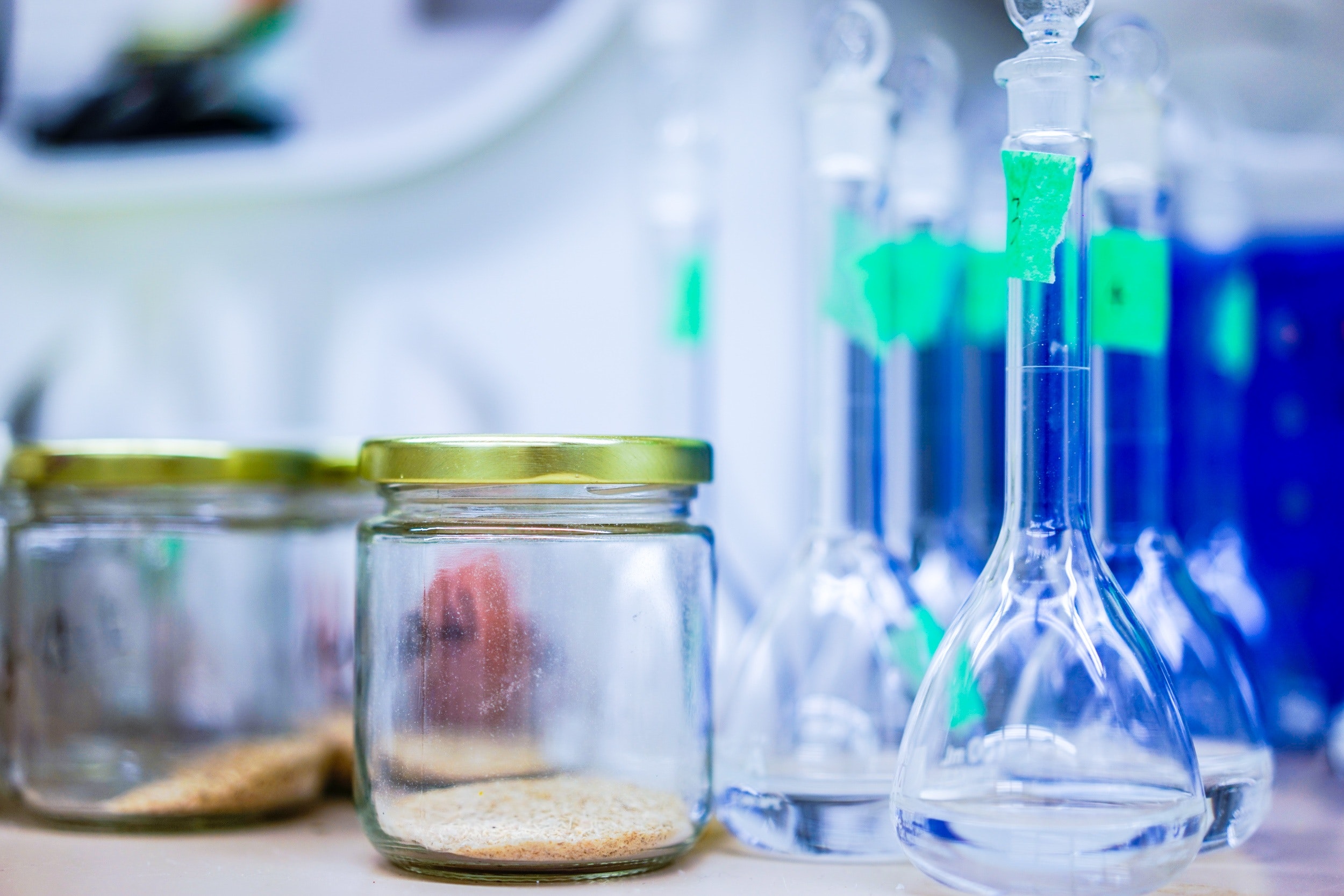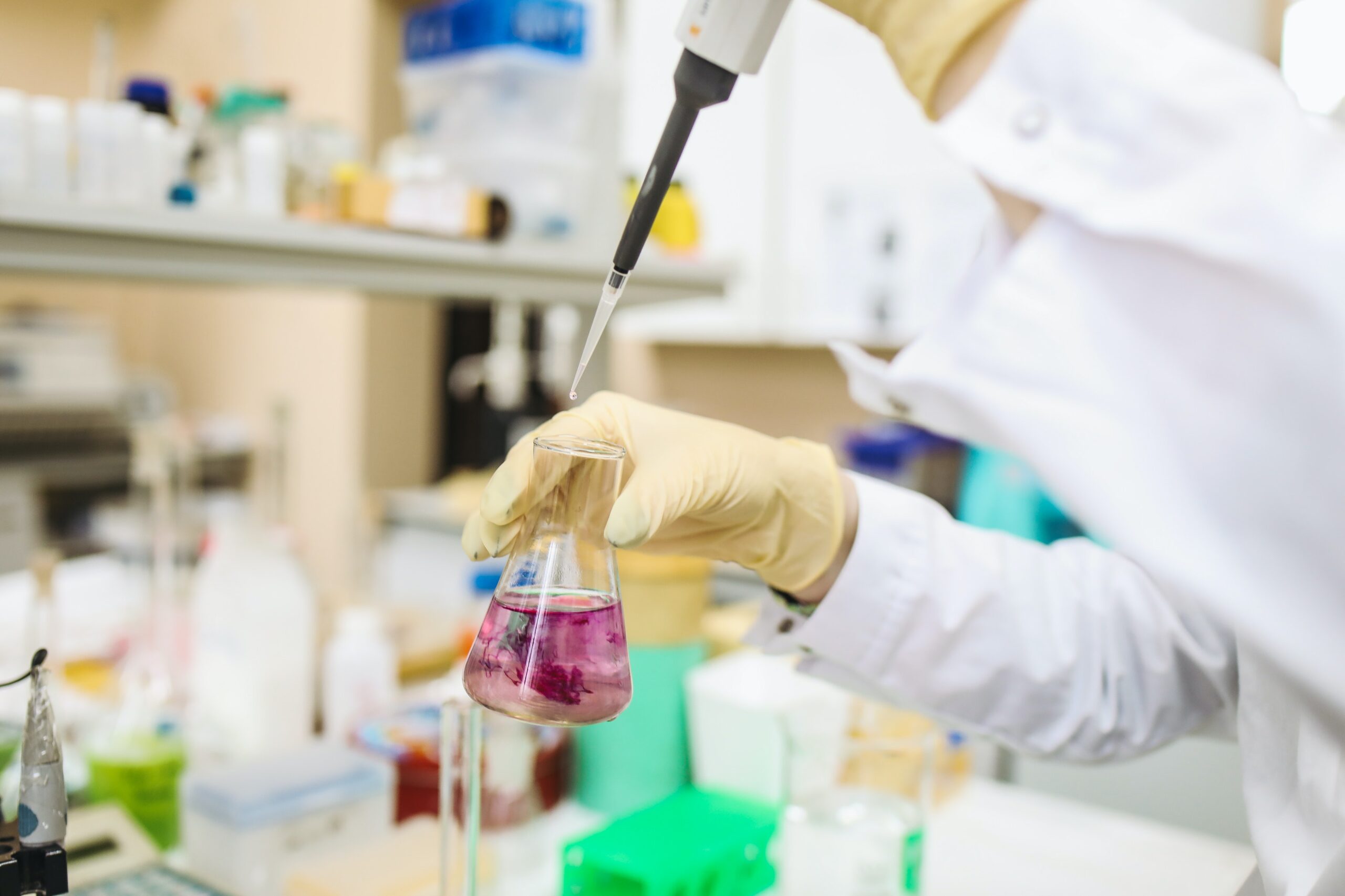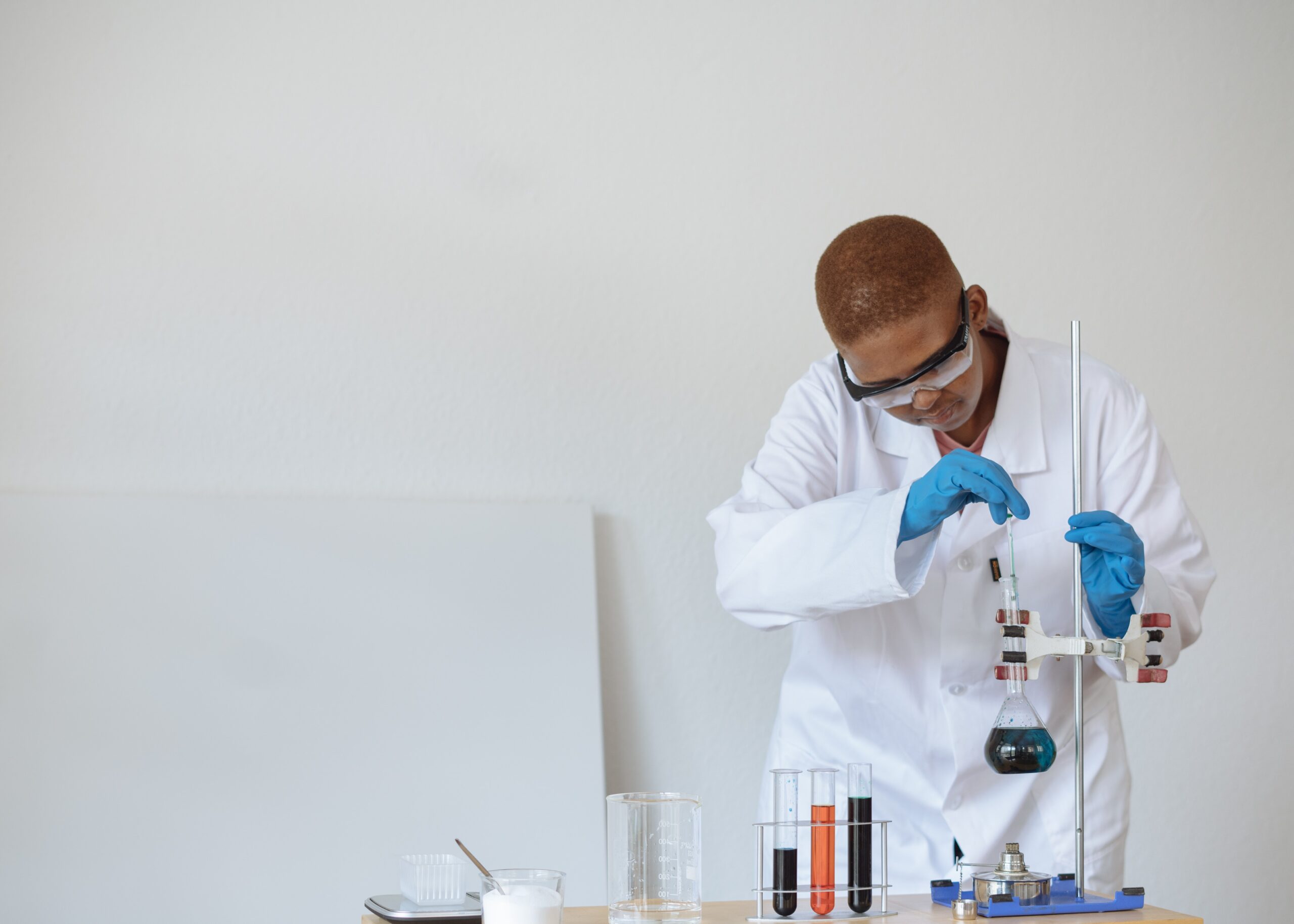Year 12 Chemistry begins with the concepts of open systems and closed systems. This will set us up to better understand static and dynamic equilibrium as well as non equilibrium…

Balancing chemical equations is an important skill to master for HSC Chemistry.
In Year 11 Chemistry students learn also about the mole concept, stoichiometry and balancing chemical equations. This builds a foundation of knowledge from year 10 science such as:
- Understanding Atoms, Molecules & Compounds
- Writing Chemical Equations
- Different Types of Chemical Reactions
With this knowledge as our foundation, let’s explore the balancing chemical equations in more detail.
Balancing Chemical Equations
Balancing a chemical equation involves adjusting the coefficients (the numbers in front of the chemical formulas) of both the reactants and products so that the equation obeys the law of conservation of mass.
The law of conservation states that matter cannot be created or destroyed in a chemical reaction. If we have a certain number of atoms of an element on the left side of an equation in the reactants, we have to have the same number on the right side with the products.
Balancing an equation is making sure that we have the same amount of atoms before and after the chemical reaction has occurred, and that matter has not been created or destroyed.
How to Balance A Chemical Equation (with an Example)
To better illustrate, let’s take an example of an unbalanced equation:
CH₄ + O₂ → CO₂ + H₂O
The first step is to count the number of atoms of each element on both sides of the equation.
In the example above we can see the following quantity of atoms:
| Element | Reactants (on the left) | Products (on the right) |
| Carbon (C) | 1 | 1 |
| Hydrogen (H) | 4 | 2 |
| Oxygen (O) | 2 | 3 |
We can see that there are equal number of carbon atoms on both sides of the chemical reaction, but there is a difference between the hydrogen and oxygen before and after the chemical reaction has occurred.
Since this does not obey the law of the conservation of matter, we need to adjust the amounts of those element so that there is the same amounts of atoms before and after the reaction has occurred.
Let’s start with adjusting the coefficient next to the H₂O. Here we are changing the amount of H₂O that is produced as a result of the reaction. Note you can only change the coefficients (the number next to the element), not the subscripts within the chemical formulas. This is because the coefficient indicates the quantities in moles where as the subscript represents the molecular formula of the compound. When balancing equations we are looking at mole ratios of reactants and products.
Let’s put a 2 in front of the H₂O product and recount the number of atoms on each side of the equation:
CH₄ + O₂ → CO₂ + 2H₂O
| Element | Reactants (on the left) | Products (on the right) |
| Carbon (C) | 1 | 1 |
| Hydrogen (H) | 4 | 4 |
| Oxygen (O) | 2 | 4 |
We can see that by increasing the amount of H₂O on the right hand side of the equation we now have the same amount of carbon and hydrogen. We still have more oxygen in the product, than there was in the reactants. So this needs to be balanced as well.
If we put a 2 in front of the oxygen in the reactants and recount the numbers atoms it would look like this:
CH₄ + 2O₂ → CO₂ + 2H₂O
| Element | Reactants (on the left) | Products (on the right) |
| Carbon (C) | 1 | 1 |
| Hydrogen (H) | 4 | 4 |
| Oxygen (O) | 4 | 4 |
Now, the equation is balanced in terms of both atoms and elements.
Balancing chemical equations might require several iterations of these steps, especially for more complex reactions. The goal is to achieve the same number of atoms of each element on both sides of the equation while using the smallest whole number coefficients possible.
Need More Help with Balancing Chemical Equations?

HSC Chemistry Tutor
Master Coaching offers one on one tutoring for HSC Chemistry. We are located in Hurstville, Sydney, and also offer online tutoring to students across NSW.



